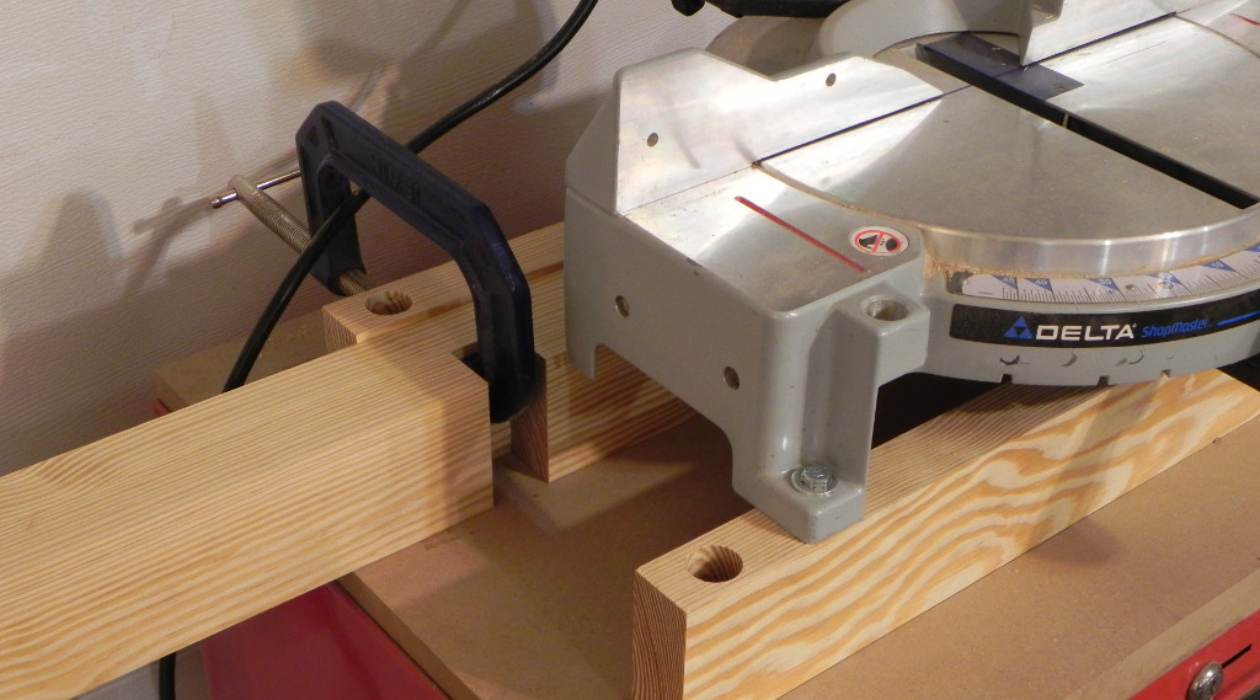

Articles
How To Store Miter Saw
Modified: February 22, 2024
Learn how to properly store your miter saw with these helpful articles. Discover best practices and tips to keep your tool in top condition.
(Many of the links in this article redirect to a specific reviewed product. Your purchase of these products through affiliate links helps to generate commission for Storables.com, at no extra cost. Learn more)
Introduction
When it comes to woodworking tools, a miter saw is a valuable asset. Whether you use it for DIY projects or professional carpentry work, your miter saw deserves proper care and storage. Storing your miter saw correctly ensures its longevity and keeps it in optimal condition for future use.
In this article, we will guide you on how to store your miter saw safely and efficiently. We will provide tips on choosing the right storage location, cleaning and maintenance, disassembling the miter saw, blade storage, securing the power cord, using a dust cover, and additional tips for long-term storage.
By following these guidelines, you can ensure that your miter saw remains in excellent working condition and is ready to use whenever you need it.
Key Takeaways:
- Proper storage, cleaning, and maintenance are crucial for maintaining the longevity and performance of your miter saw. Choose the right storage location, disassemble when necessary, and use a dust cover to protect your valuable woodworking tool.
- Regularly inspect and maintain your miter saw, including securing the power cord and storing the blade properly. Follow manufacturer’s guidelines, disconnect the battery for cordless saws, and consider investing in a dedicated case for maximum protection.
Read more: How To Store A Miter Saw
Choosing the Right Storage Location
The first step in storing your miter saw is choosing the right location. It is crucial to find a space that is clean, dry, and away from extreme temperatures, humidity, and direct sunlight. Here are some factors to consider when selecting the storage location for your miter saw:
1. Sheltered Area: Look for an area in your workshop or garage that is away from open doors and windows, protecting the saw from external elements and potential damage.
2. Temperature and Humidity Control: Avoid storing your miter saw in places with high humidity or rapid temperature fluctuations, as this can cause rust and damage to the internal components. An ideal storage location would be an area with temperature and humidity control.
3. Adequate Space: Ensure that the storage location has enough space to accommodate the miter saw and any additional accessories or attachments. Cluttered spaces can lead to accidents or damage to the saw.
4. Security: Consider the security of the storage location. If possible, choose a locked cabinet or a secure area to protect your miter saw from theft or unauthorized use.
Remember, the goal is to keep your miter saw safe from environmental factors that can compromise its functionality and longevity. Taking the time to choose the right storage location will go a long way in preserving the lifespan and performance of your miter saw.
Cleaning and Maintenance
Proper cleaning and maintenance are essential to keep your miter saw in top shape. Before storing your miter saw, make sure to follow these steps:
1. Power Off and Unplug: Always turn off your miter saw and unplug it from the power source before you begin cleaning or performing any maintenance tasks.
2. Remove Sawdust and Debris: Use a brush or a vacuum to remove any sawdust or debris from the saw, especially from the blade guard, table, and other hard-to-reach areas. Accumulated dust can affect the saw’s performance and lead to premature wear and tear.
3. Lubricate Moving Parts: Apply a few drops of lubricant to the moving parts of the miter saw, such as the pivot points and the blade slide. This will help prevent rust and ensure smooth operation when you use the saw again.
4. Check for Damaged or Worn Parts: Before storage, inspect the miter saw for any damaged or worn-out parts. Replace any faulty components to ensure safe and efficient operation when you use the saw next time.
5. Clean the Blade: Remove the blade from the miter saw and clean it thoroughly. It’s important to remove any resin, pitch, or other materials that may have accumulated on the blade. This will improve performance and prevent corrosion during storage.
6. Store Accessories Separately: If your miter saw comes with additional accessories, such as wrenches, safety guards, or fences, store them separately to prevent any damage or misplacement.
By regularly cleaning and maintaining your miter saw, you can extend its lifespan and ensure optimal performance. It is recommended to perform these maintenance tasks before and after each use, as well as before storing the saw for an extended period.
Disassembling the Miter Saw
If you plan to store your miter saw for an extended period or need to transport it, disassembling certain parts can help protect the saw and make it easier to handle. Here are the steps to follow for disassembling your miter saw:
1. Remove the Blade: Start by unplugging the saw and removing the blade. Follow the manufacturer’s instructions to safely detach the blade from the arbor. Place the blade in a protective case or cover it with a blade guard to prevent any damage during storage.
2. Detach the Fence and Other Attachments: If your miter saw has a fence or other attachments, remove them carefully. Clean and store them separately or as recommended by the manufacturer. This will prevent any potential damage to these parts during storage.
3. Lower the Saw Arm: Lower the saw arm and lock it in place. This will help protect the arm and prevent it from accidentally moving during storage or transportation.
4. Secure Moving Parts: If your miter saw has a bevel or compound feature, make sure to secure these moving parts using the proper locking mechanisms. This will prevent any accidental movement or damage during storage or transportation.
5. Wrap and Protect: Once the miter saw is disassembled, wrap it in a soft cloth or use a miter saw case to protect it from dust and scratches. If you don’t have a specific case, you can use a thick plastic bag or fabric cover.
Remember to keep all the detached parts together and label them if necessary. This will make it easier to reassemble the miter saw when you’re ready to use it again.
By disassembling your miter saw before storage or transportation, you can minimize the risk of damage and ensure that the saw remains in good condition for future use.
Proper Blade Storage
The blade is one of the most important components of your miter saw, and proper storage is crucial to maintain its sharpness and prevent any damage. Here are some tips for storing your miter saw blade correctly:
1. Clean the Blade: Before storing the blade, it’s essential to clean it thoroughly. Remove any sawdust, pitch, or other residues that may have accumulated on the teeth or the surface. You can use a blade cleaning solution or a specialized blade cleaner for this purpose.
2. Inspect for Damage: Take a close look at the blade for any signs of damage, such as missing or broken teeth. If you notice any issues, it may be time to replace the blade before storing it. A damaged blade can affect the performance and safety of your miter saw.
3. Use Blade Protectors: Invest in blade protectors or blade covers to keep the blade safe during storage. These are usually made of plastic or rubber and help prevent accidental contact with the blade, reducing the risk of injuries and keeping the blade in good condition.
4. Store Blade in a Dry Area: Find a cool, dry area to store the blade. Moisture can lead to rust and corrosion, compromising the blade’s quality. Consider using desiccant packs or anti-rust products to absorb any excess moisture in the storage area.
5. Keep Blades Separated: If you have multiple blades, it’s essential to store them separately to prevent any scratches or damage. You can use blade sleeves or individual containers to keep them organized and protected.
6. Store Blades Vertically: When storing the blade, it’s best to keep it in a vertical position to avoid any bending or warping. You can use blade storage racks or specially designed blade holders to keep them upright.
Remember to handle the blade with care while cleaning and storing. Always wear protective gloves and follow the manufacturer’s recommendations for safe handling and storage.
By following these tips, you can ensure that your miter saw blades remain sharp, safe, and ready for use whenever you need them.
When storing a miter saw, make sure to clean it thoroughly to remove any sawdust and debris. Store it in a dry place, and consider using a cover to protect it from dust and moisture. Additionally, lock the blade in place for safety.
Read more: How To Use A Miter Saw
Securing the Power Cord
The power cord of your miter saw is a vital component that needs proper attention during storage to prevent any damage or safety hazards. Here are some guidelines for securing the power cord:
1. Unplug the Saw: Before securing the power cord, always make sure to unplug the miter saw from the power source. This step is crucial for your safety and to prevent any accidental starts while working on the cord.
2. Inspect the Power Cord: Take a close look at the power cord for any signs of damage, such as cuts, fraying, or exposed wires. A damaged cord should be repaired or replaced before storage to ensure safe operation.
3. Coiling the Cord: To prevent tangles and knots, coil the power cord loosely. Avoid tight coils that can put stress on the cord or cause it to kink. Use velcro straps or cord organizers to secure the coiled cord, keeping it neat and tidy.
4. Avoid Sharp Edges: When storing the miter saw, make sure that the power cord is not in contact with any sharp edges or protruding parts. Sharp edges can cut or damage the cord, compromising its insulation and integrity.
5. Protect from Moisture: Moisture can damage the power cord and pose electrical hazards. Ensure that the storage area is dry, and consider using a moisture-resistant cover or bag to protect the cord from any accidental exposure to water or humidity.
6. Store Separately: If possible, store the miter saw and the power cord separately. This will prevent any entanglement or damage to the cord caused by other tools or accessories.
By properly securing the power cord, you minimize the risk of electrical accidents and ensure its durability. Practicing these guidelines will also make it easier to handle and set up the miter saw when you’re ready to use it again.
Using a Dust Cover
A dust cover is an essential accessory for your miter saw when it comes to long-term storage. Dust and debris can accumulate on the saw’s surfaces and components, affecting its performance and longevity. Here’s how to use a dust cover effectively:
1. Choose a Suitable Dust Cover: Select a dust cover that is designed specifically for your miter saw model or one that is compatible with its dimensions. Consider a cover made of durable, tear-resistant material that provides adequate protection against dust and moisture.
2. Clean the Miter Saw: Before placing the dust cover over your miter saw, ensure that the saw is clean and free of any sawdust or debris. Use a brush or vacuum to remove any loose particles from the surfaces, blade guard, and other areas.
3. Position the Dust Cover: Gently drape the dust cover over the miter saw, ensuring that it fully covers the saw’s body and the crucial components. If the cover has elastic or adjustable straps, secure them appropriately to keep the cover in place.
4. Secure Any Openings: Some dust covers may have openings for handles, knobs, or other protrusions. Make sure these openings are secured using Velcro straps, zippers, or drawstrings to prevent dust from entering through these gaps.
5. Store in a Dust-Free Environment: Place the covered miter saw in a clean, dust-free storage area. This can be a dedicated cabinet, shelf, or any space away from activities that may generate dust. Minimizing dust exposure will help keep your miter saw in optimal condition during storage.
6. Regularly Check and Clean: Even with a dust cover, it’s important to periodically check the miter saw and clean any dust or debris that may have accumulated on the cover or managed to get inside. Regular maintenance will help maintain the effectiveness of the dust cover and ensure the cleanliness of the saw.
Using a dust cover provides an extra layer of protection for your miter saw, keeping it free from dust, moisture, and other potential contaminants. This simple precaution can significantly extend the lifespan of your miter saw and maintain its performance over time.
Additional Tips for Long-Term Storage
When it comes to long-term storage of your miter saw, there are a few additional tips that can help ensure its safety and longevity. Consider the following recommendations:
1. Disconnect the Battery: If your miter saw is cordless and has a removable battery, make sure to remove it before storage. This prevents any potential damage from battery leakage and helps preserve the battery’s lifespan.
2. Store in a Case or Bag: If you have a dedicated miter saw case or bag, use it for storage. These cases are designed to provide additional protection against impact, dust, and other external elements. If you don’t have a case, consider investing in one to ensure maximum safeguarding.
3. Avoid Weight Stresses: When storing your miter saw, make sure it is stored in a way that avoids putting excessive weight or pressure on any specific parts. This can help prevent any potential damage or misalignment over time.
4. Protect from Pests: If possible, store your miter saw in an area that is protected from pests, such as rodents or insects. Consider using pest deterrents, such as traps or repellents, in the storage area to minimize the risk of any unwanted damage.
5. Regularly Inspect and Maintain: Even during storage, it’s important to periodically inspect your miter saw and perform basic maintenance tasks. This includes checking for any signs of damage, tightening loose components, and ensuring proper lubrication.
6. Label and Organize: If you have multiple tools or equipment in your storage area, it’s helpful to label and organize them. Clearly mark your miter saw and its accessories for easy identification and retrieval when needed.
By implementing these additional tips, you can ensure that your miter saw stays protected and in optimal condition during long-term storage. Remember to always consult the manufacturer’s guidelines for specific instructions on storage and maintenance of your particular miter saw model.
Conclusion
Properly storing your miter saw is essential to maintain its performance, longevity, and safety. By following the guidelines outlined in this article, you can ensure that your miter saw remains in excellent condition and is ready for use whenever you need it.
Choosing the right storage location, such as a clean and dry area away from extreme temperatures, humidity, and direct sunlight, is the first step. Properly cleaning and maintaining your miter saw, including removing sawdust and debris, lubricating moving parts, and inspecting for damage, is crucial for its longevity.
If you plan to store your miter saw for an extended period or need to transport it, disassembling certain parts can help protect the saw and make it easier to handle. Properly storing the blade, securing the power cord, and using a dust cover are all additional measures that contribute to maintaining the saw’s condition.
Lastly, include additional tips for long-term storage, such as disconnecting the battery, storing in a case or bag, protecting from pests, and regularly inspecting and maintaining the saw.
By implementing these storage techniques and practices, you can ensure that your miter saw remains in optimal condition and is always ready to fulfill your woodworking needs.
Remember, always consult the manufacturer’s recommendations and guidelines for specific instructions on storing and maintaining your miter saw, as different models may have unique requirements.
Frequently Asked Questions about How To Store Miter Saw
Was this page helpful?
At Storables.com, we guarantee accurate and reliable information. Our content, validated by Expert Board Contributors, is crafted following stringent Editorial Policies. We're committed to providing you with well-researched, expert-backed insights for all your informational needs.
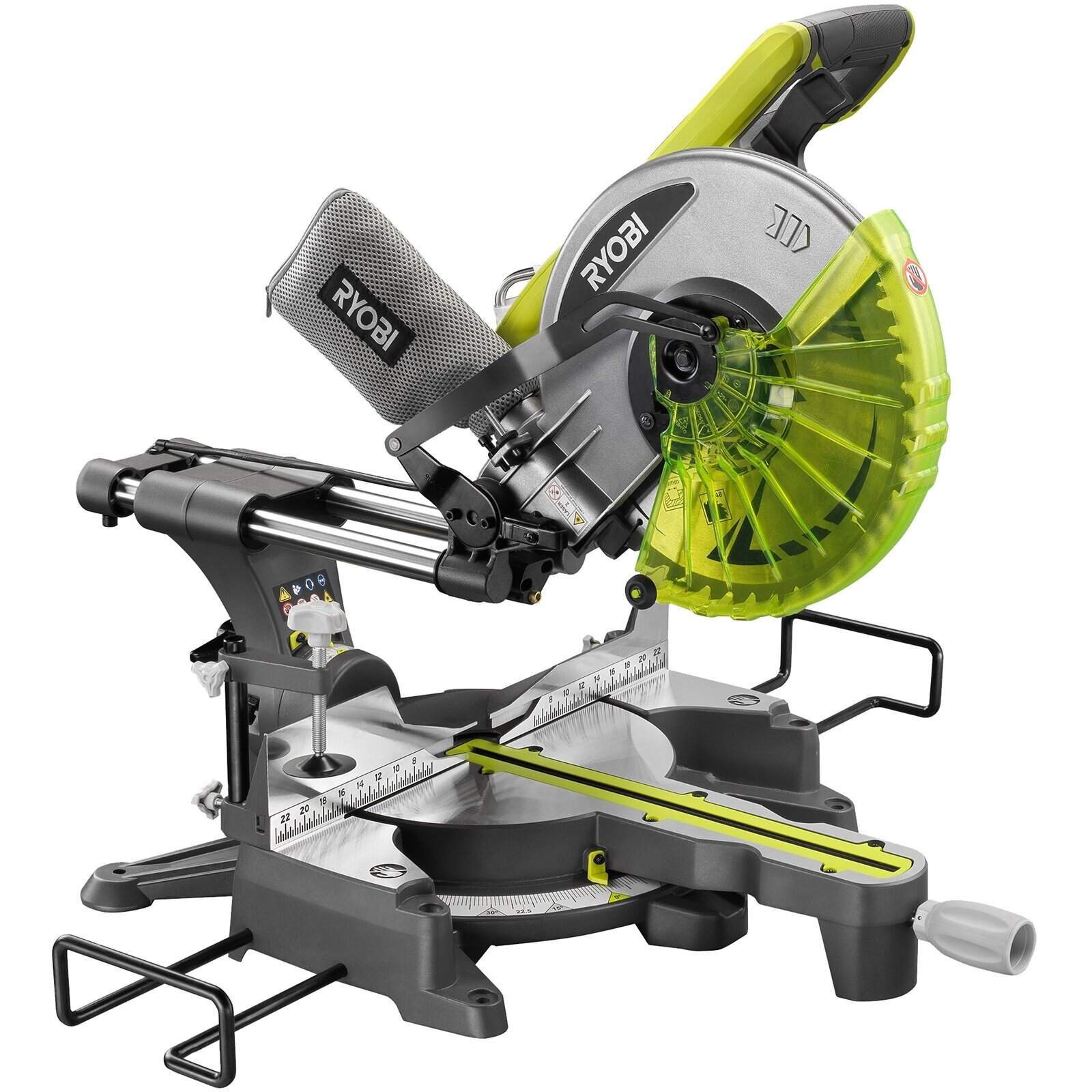
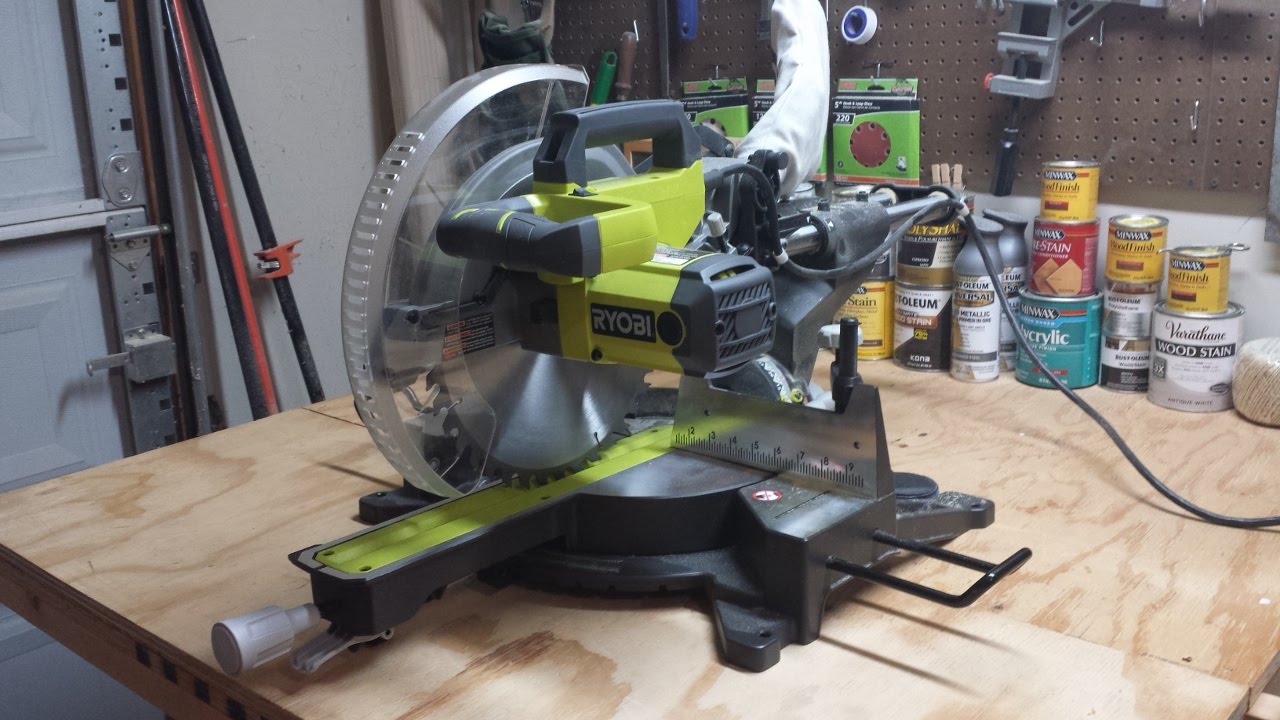
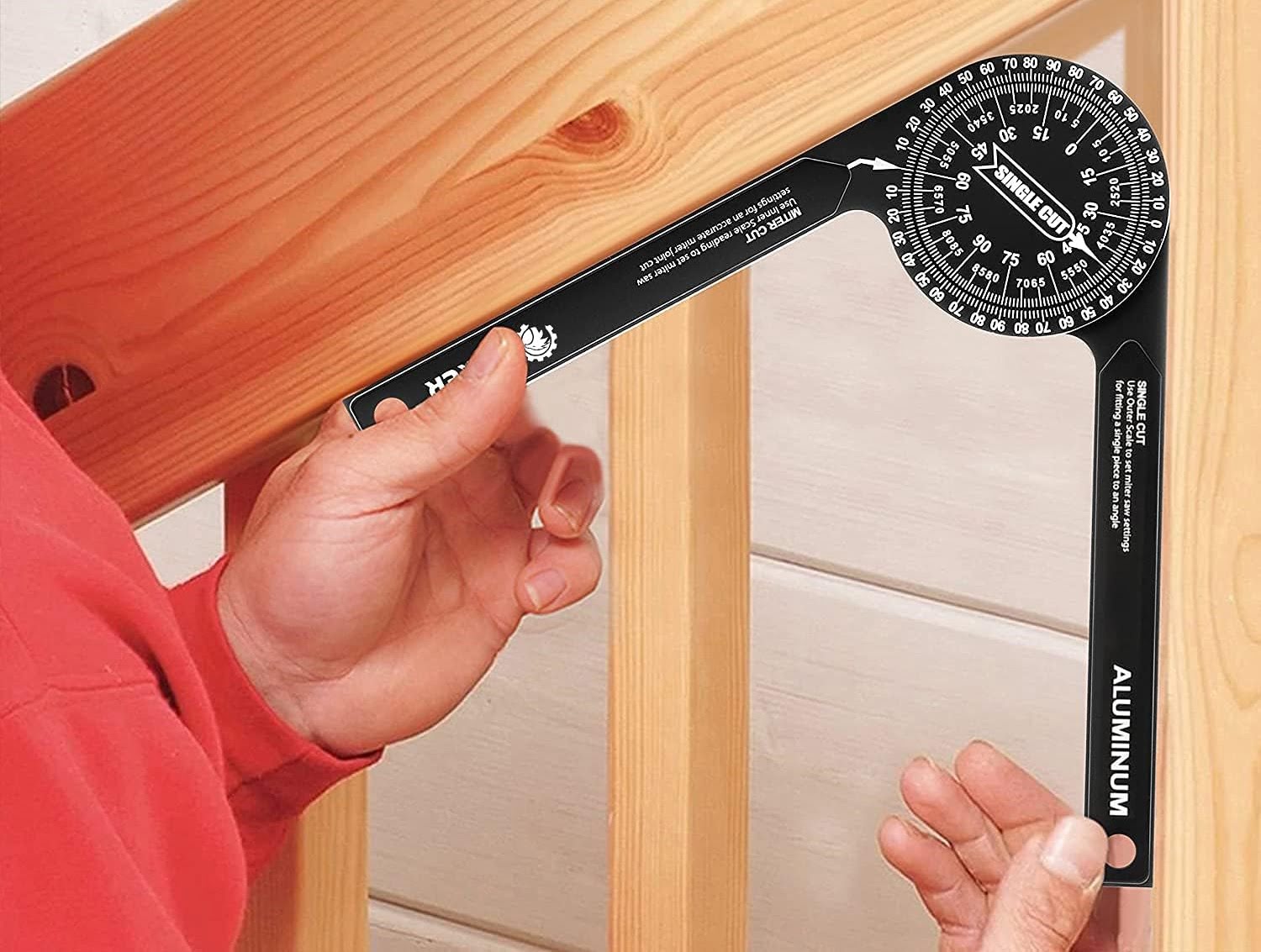
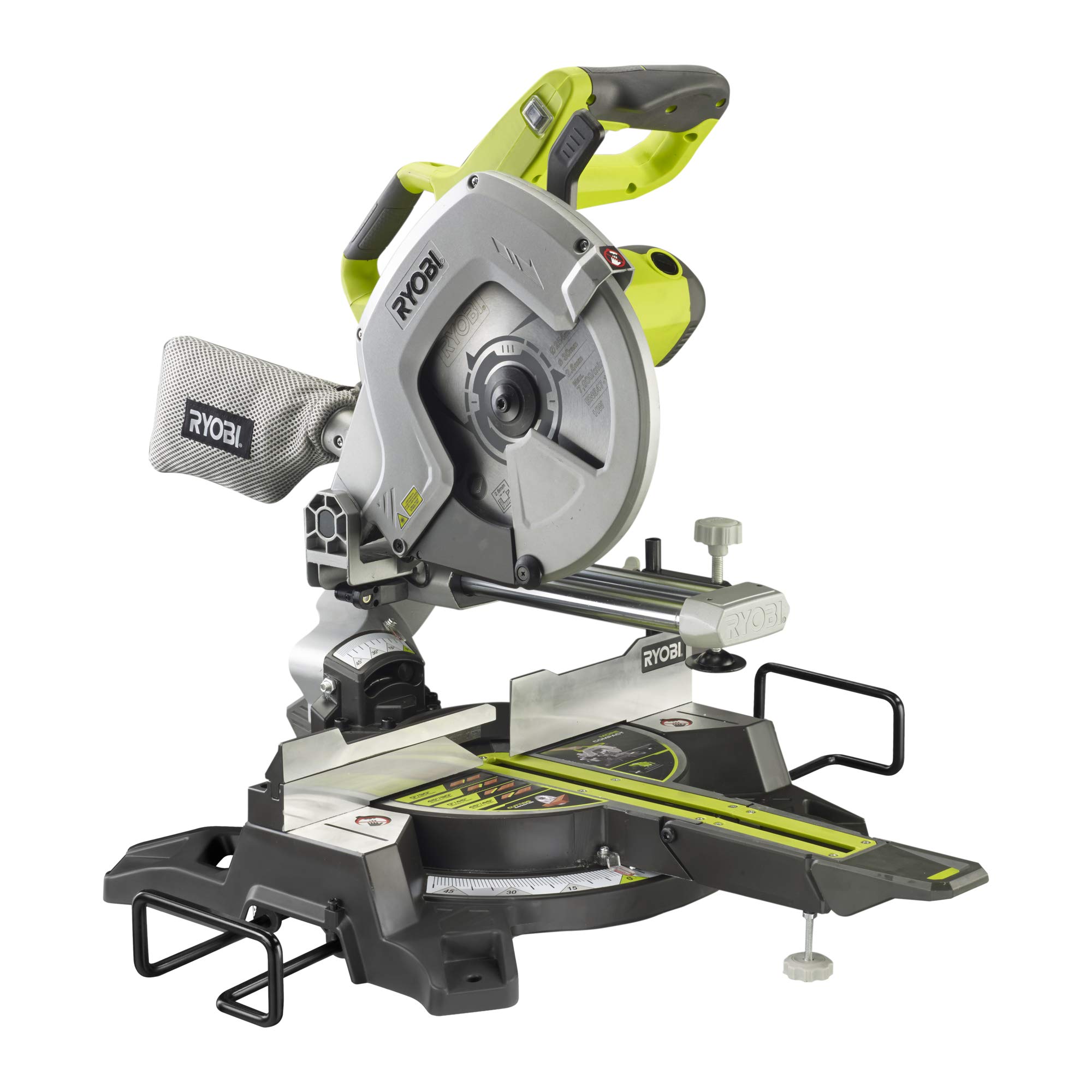
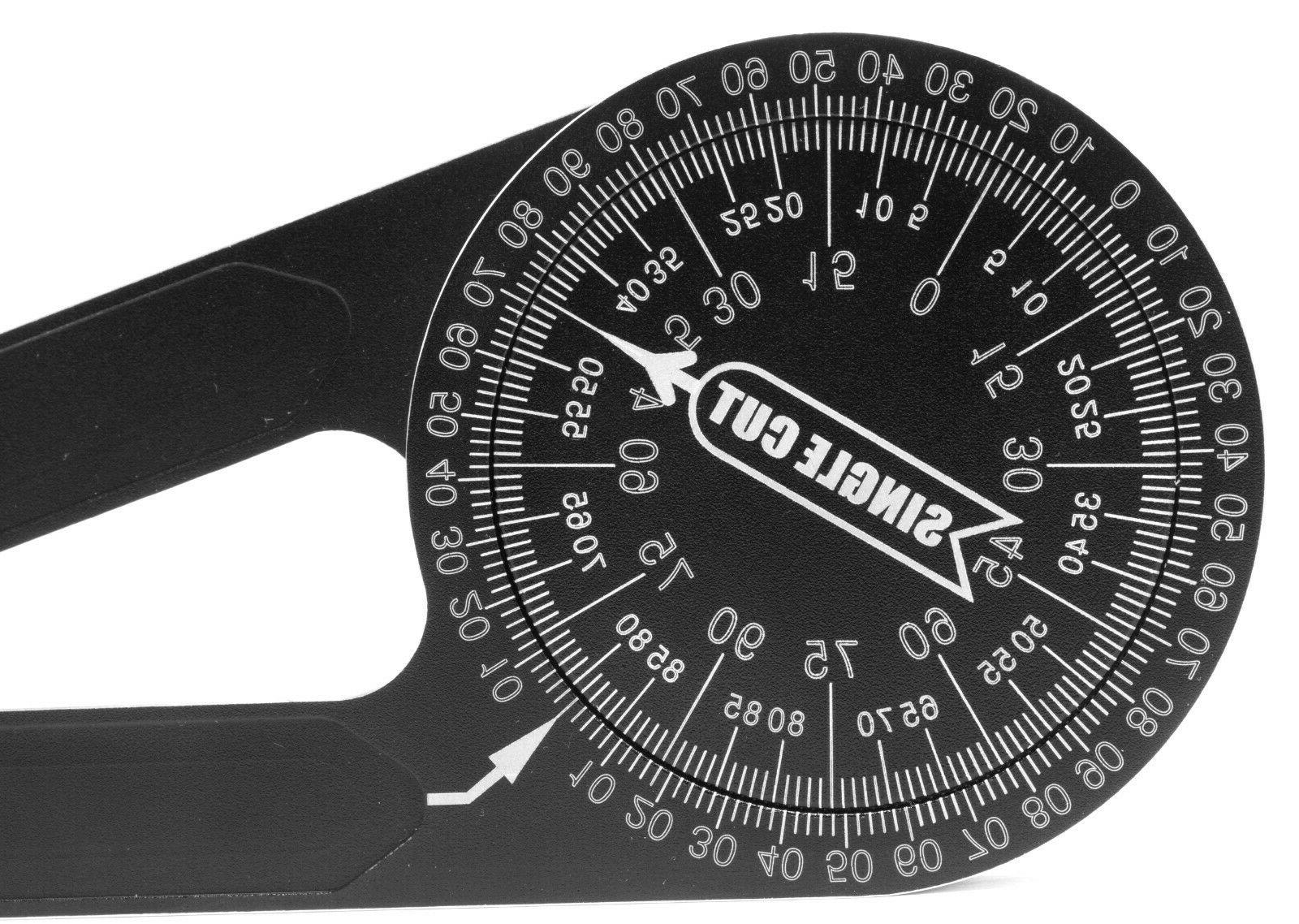
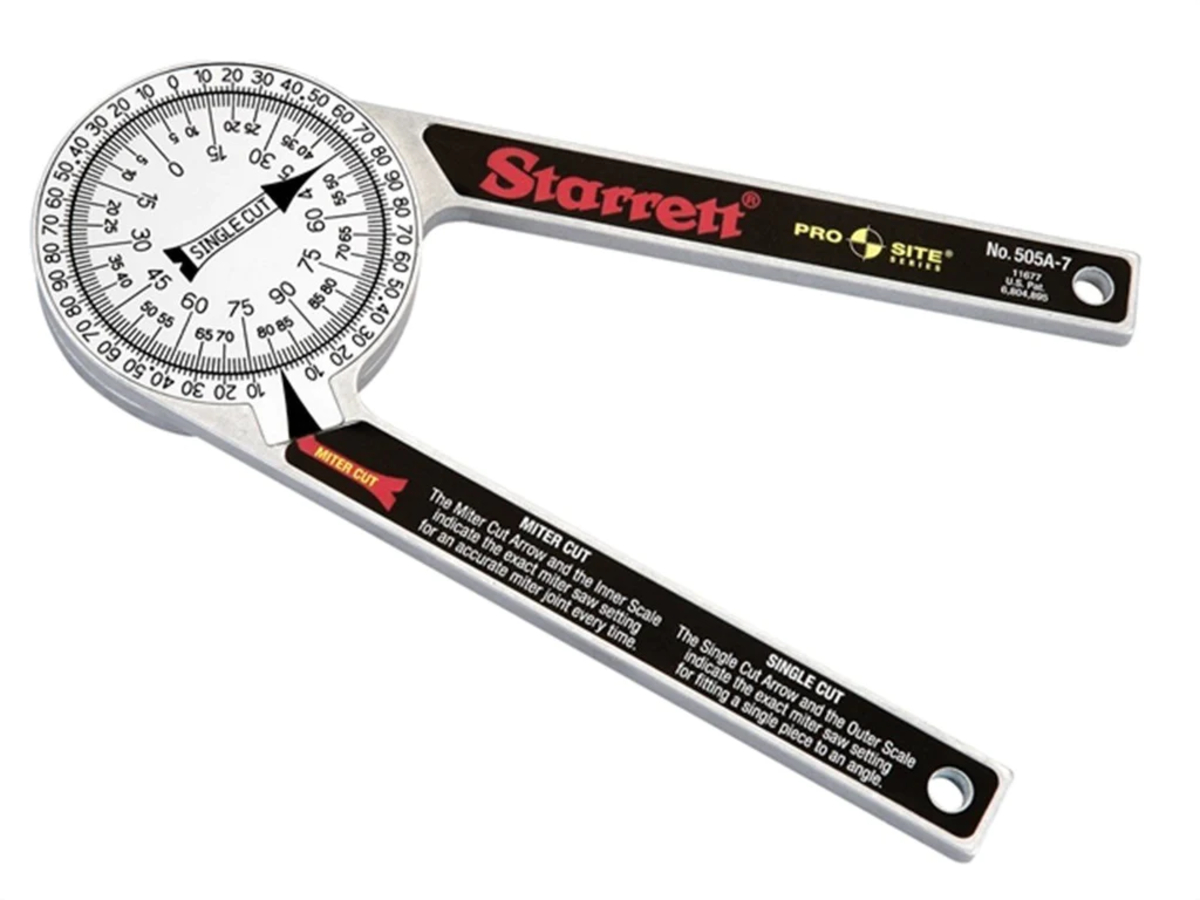
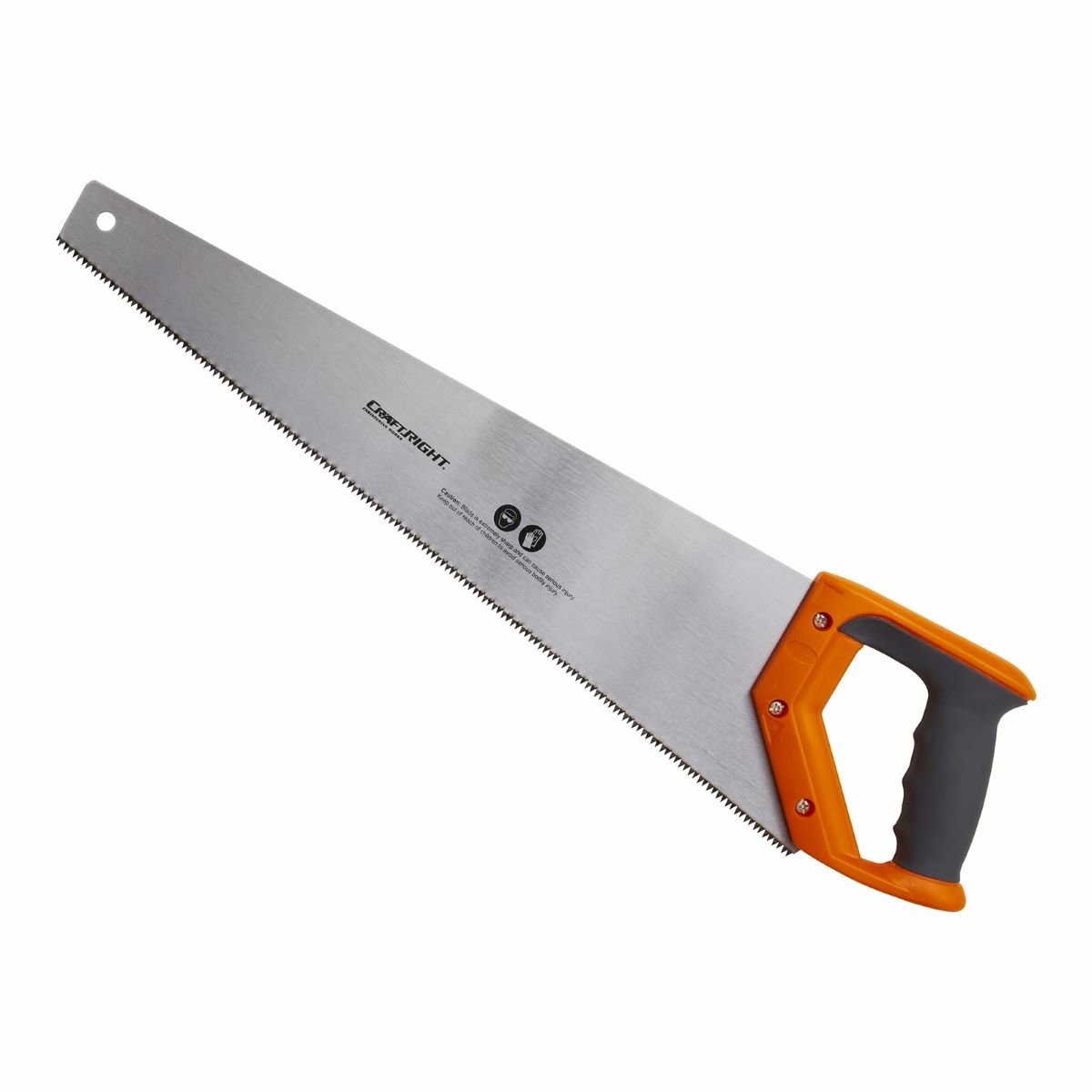
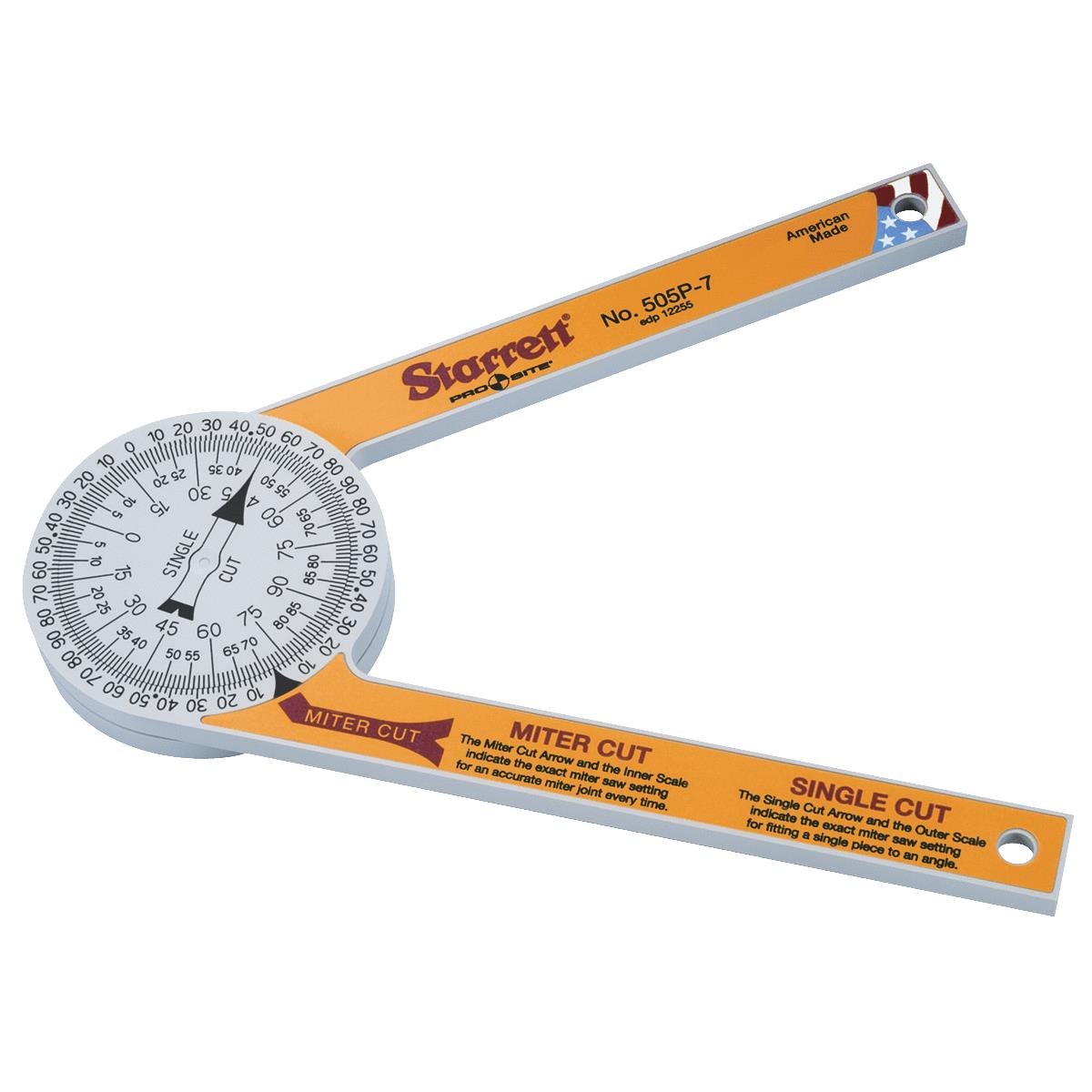
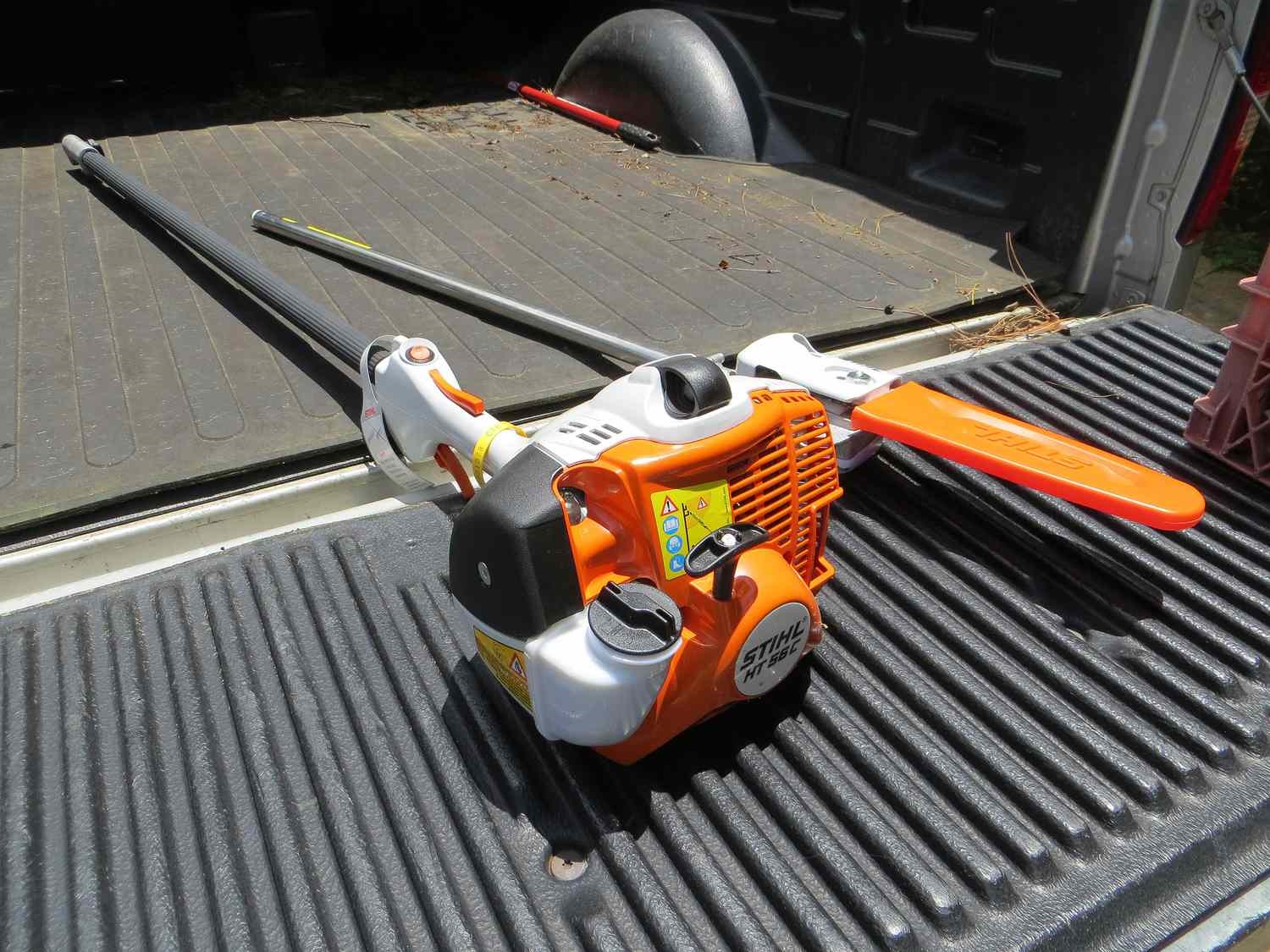
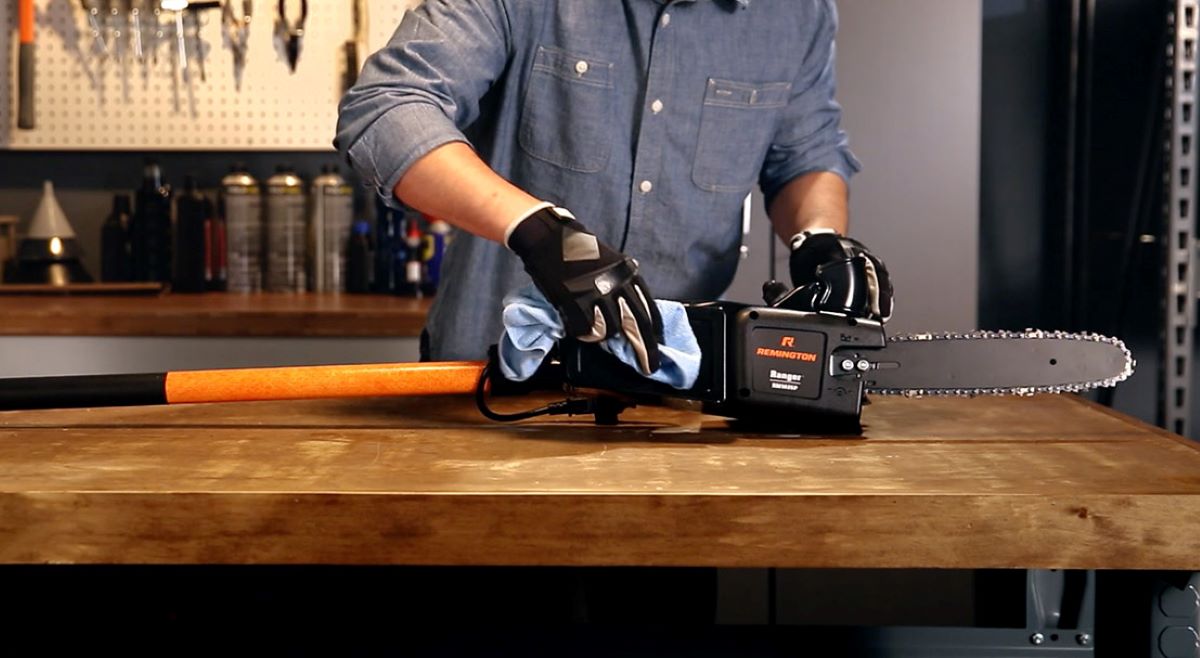
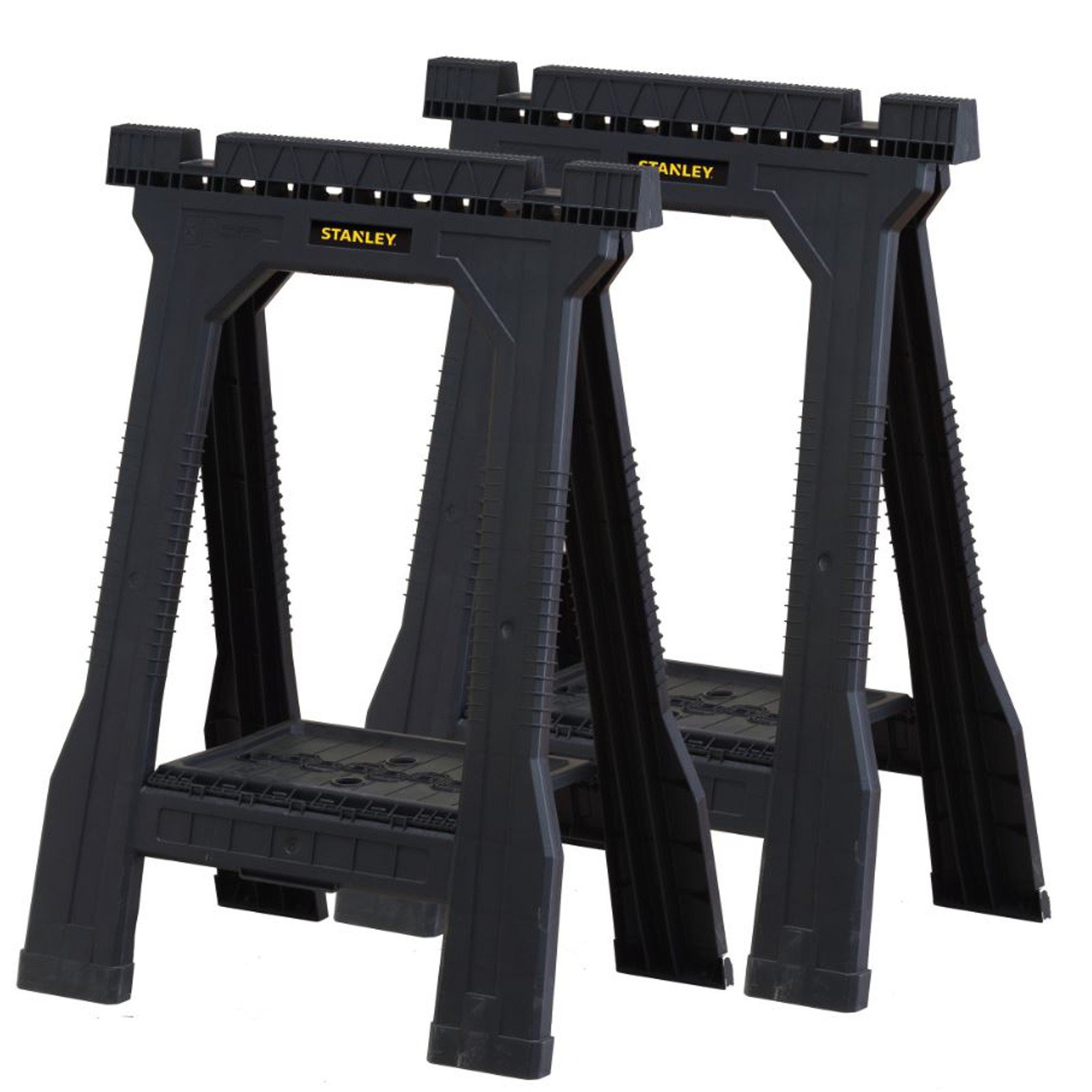
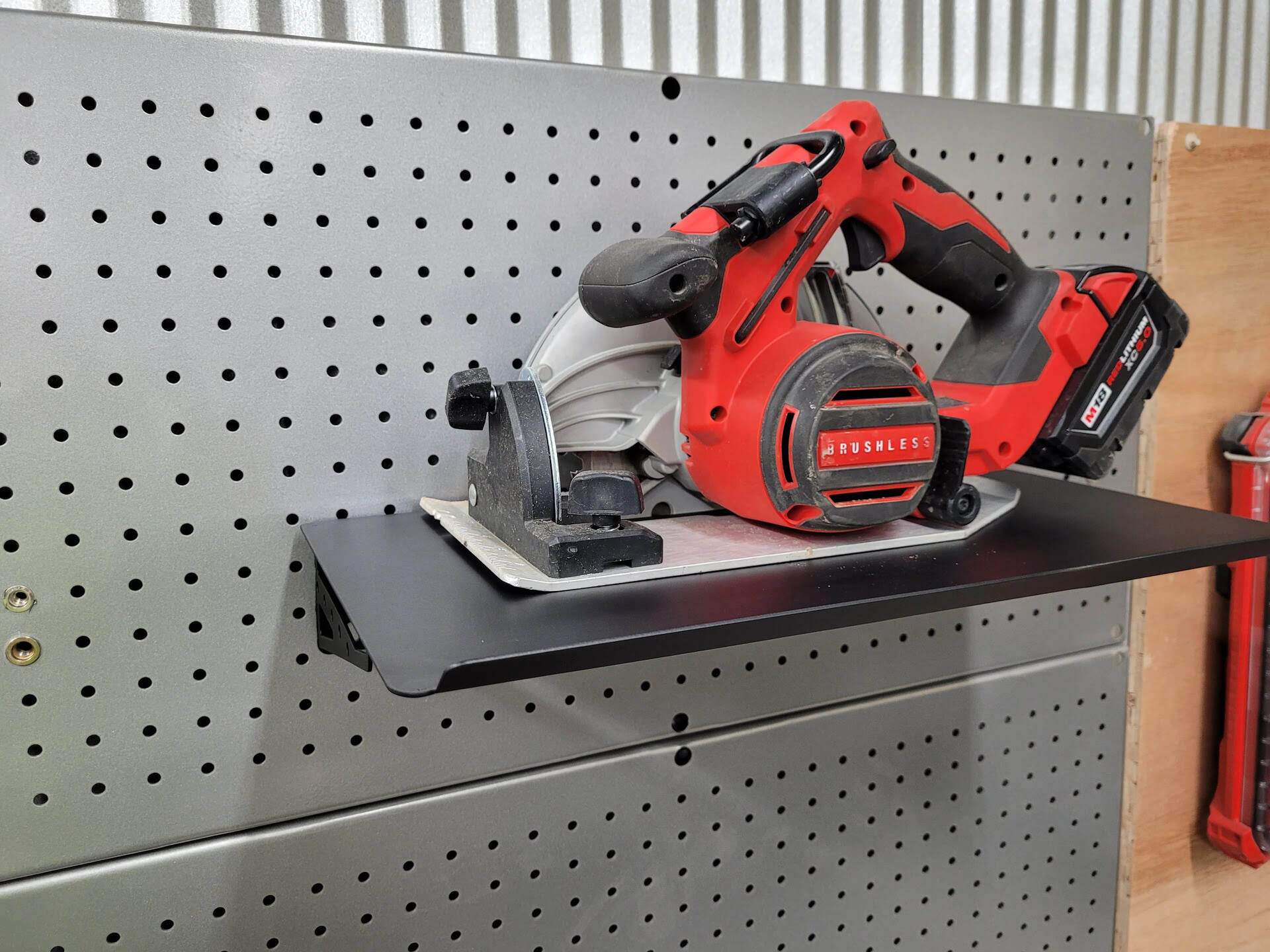
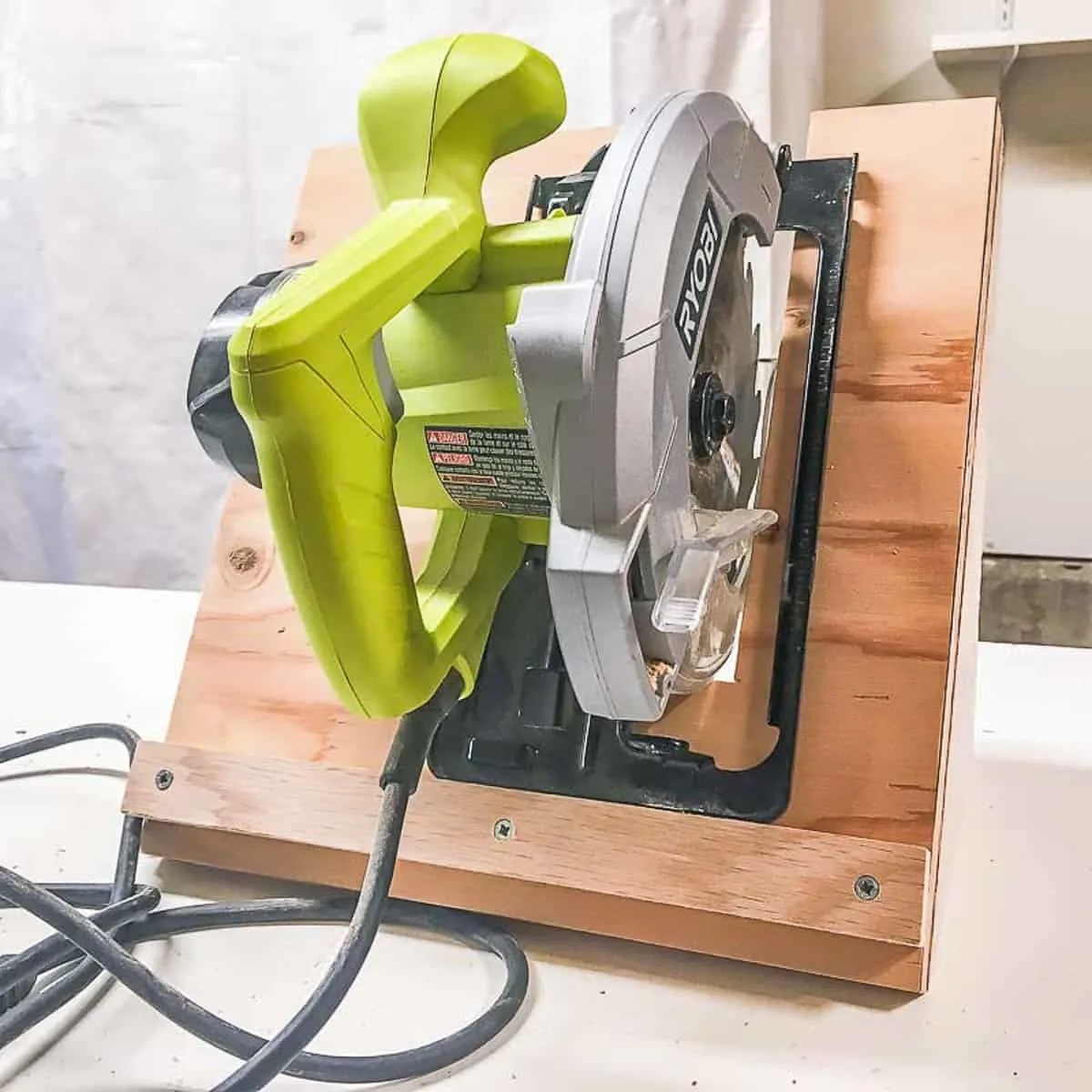
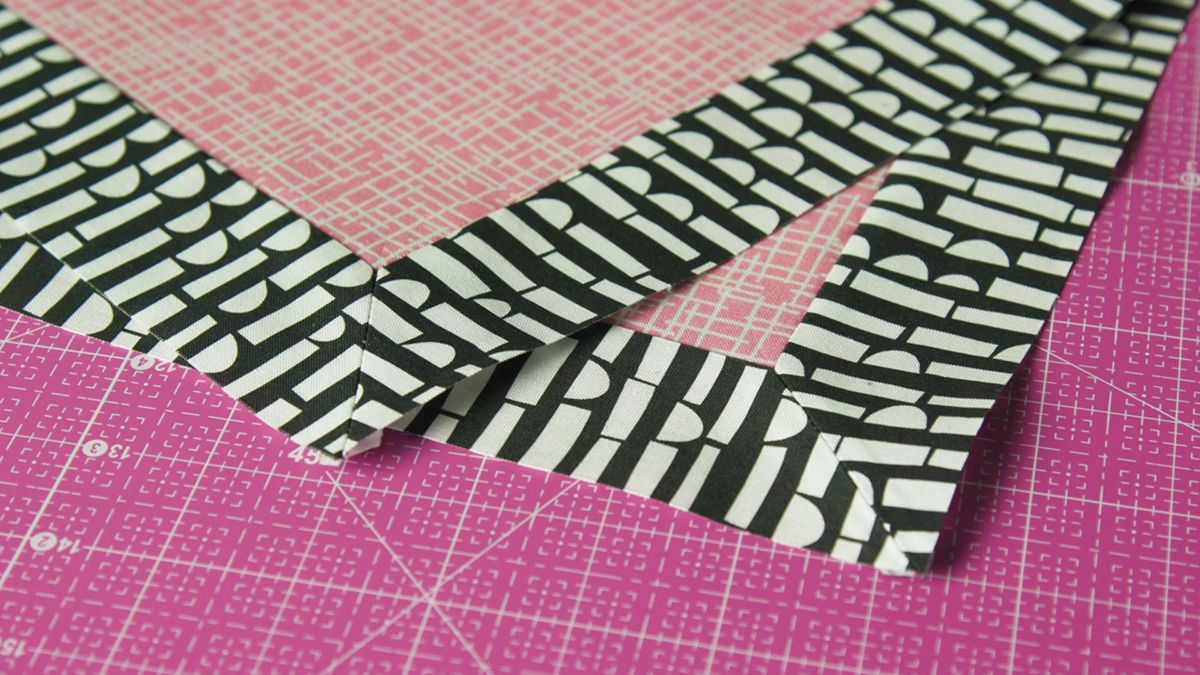

0 thoughts on “How To Store Miter Saw”